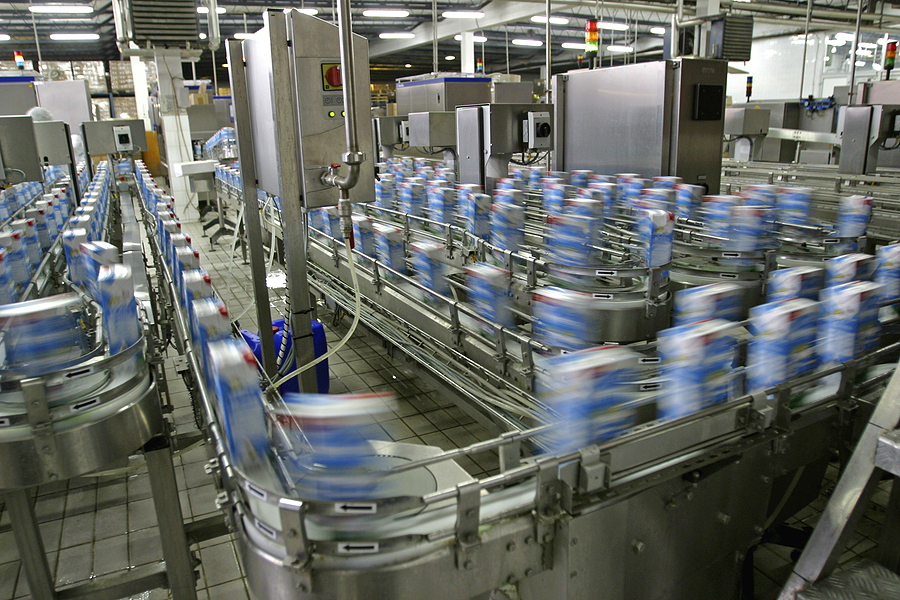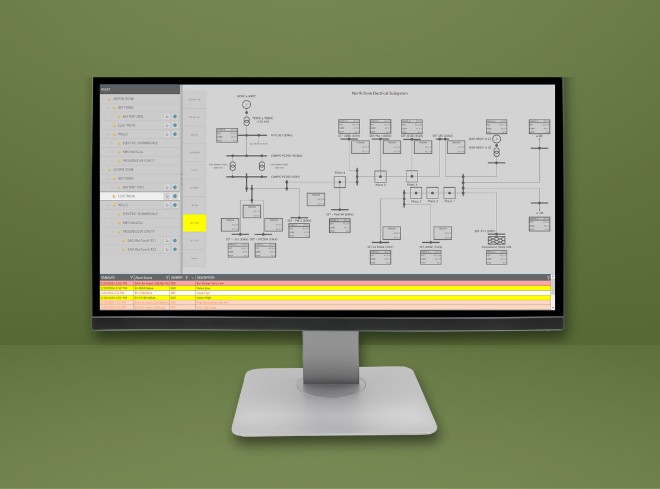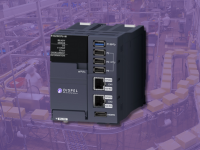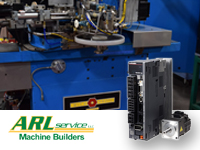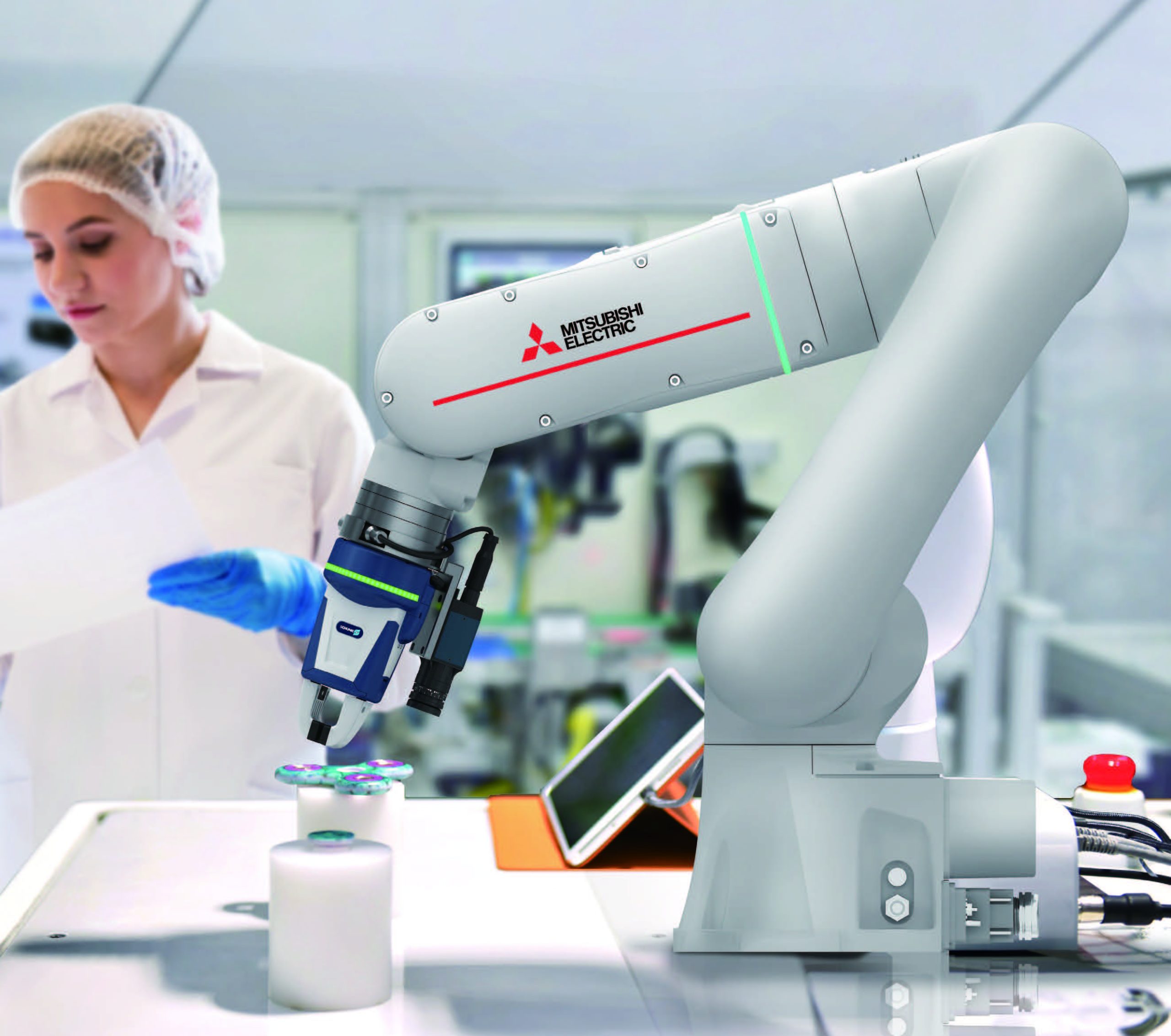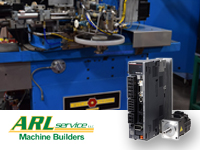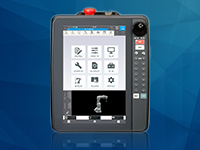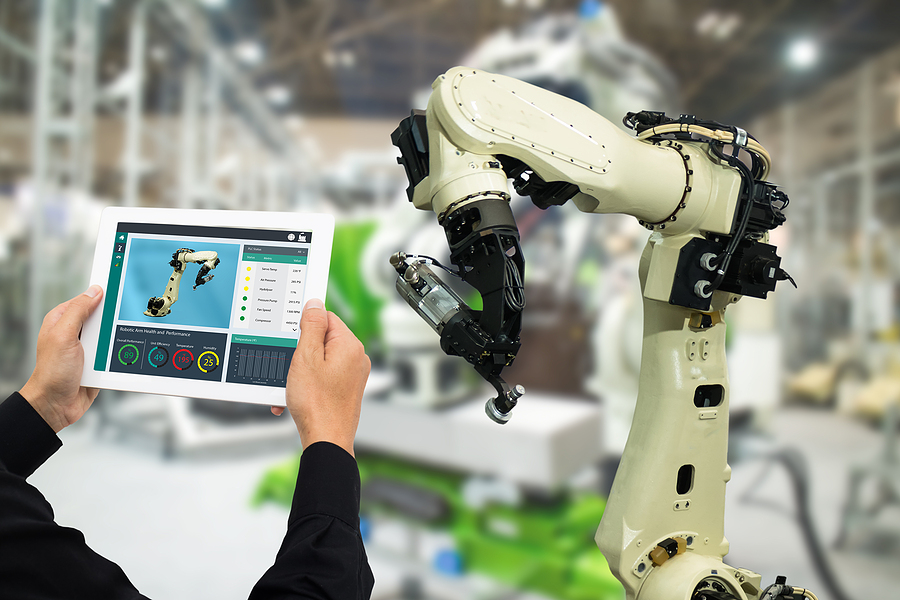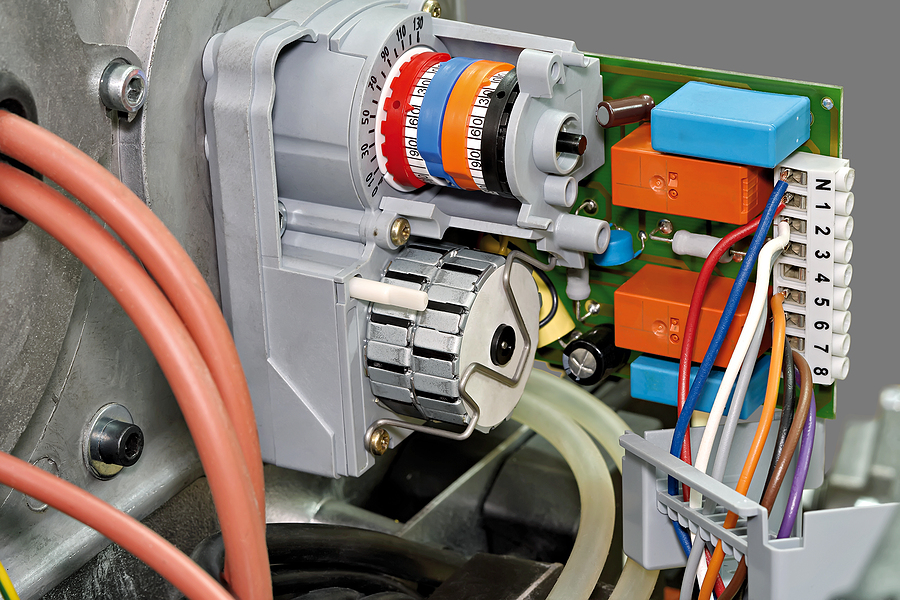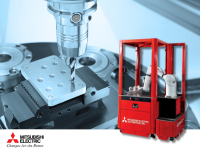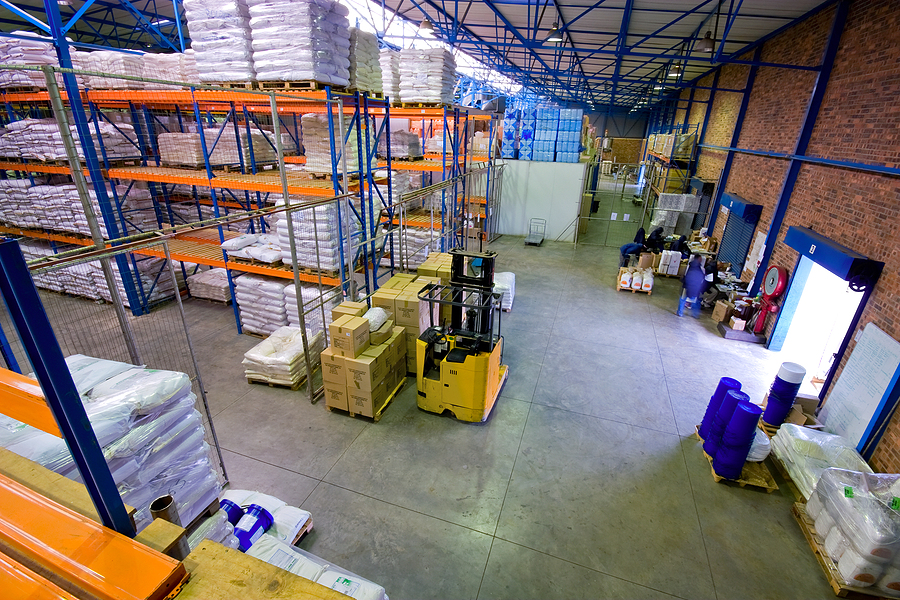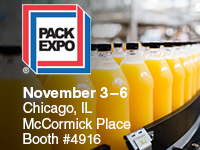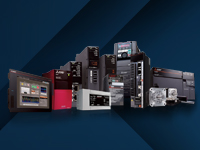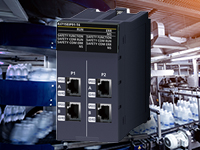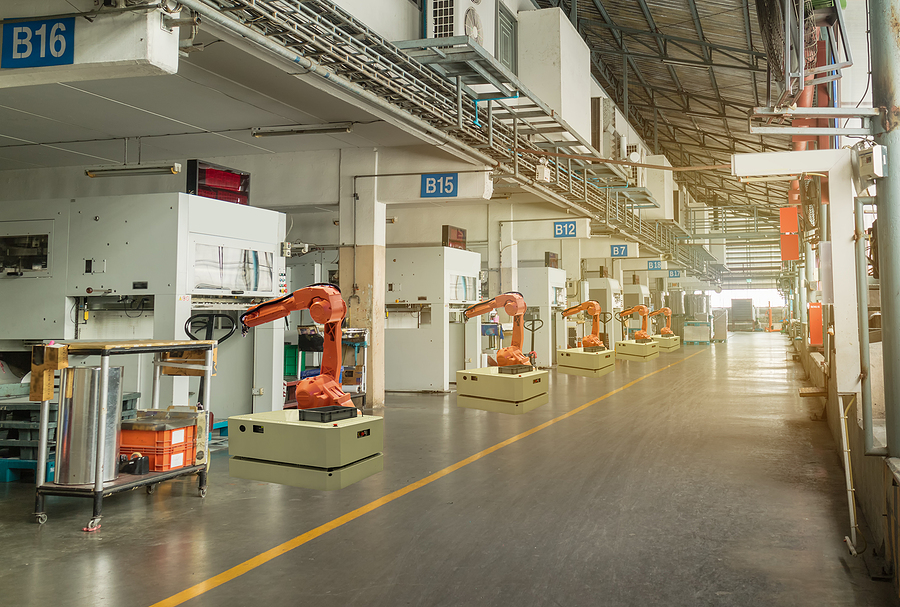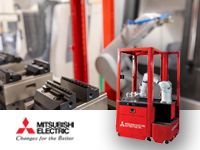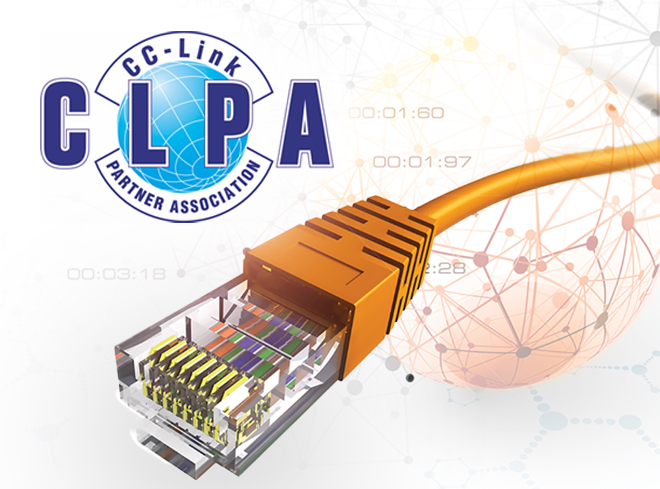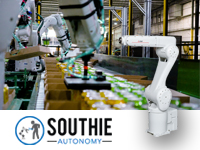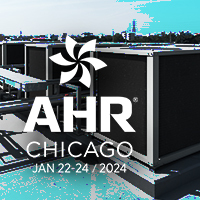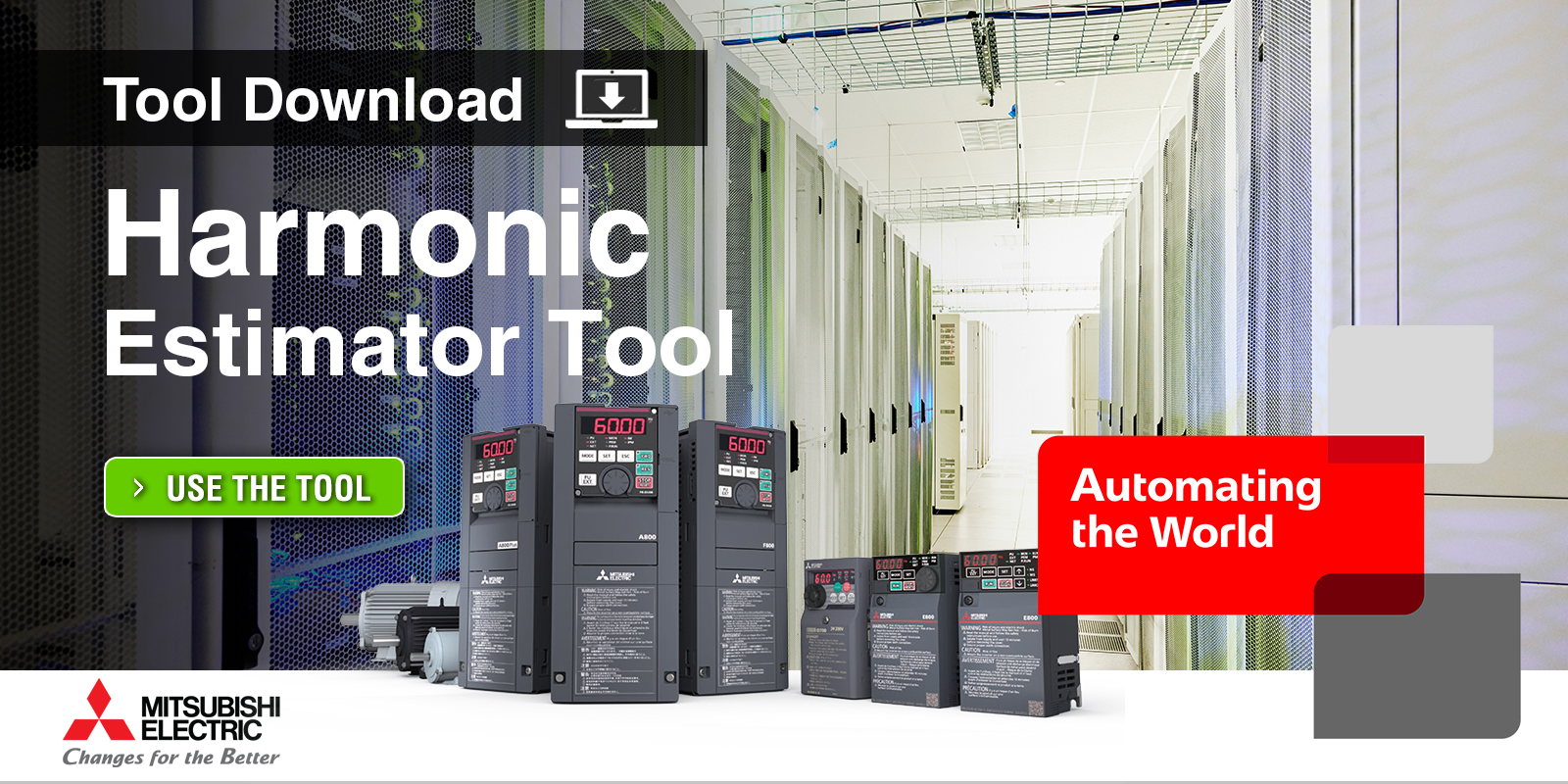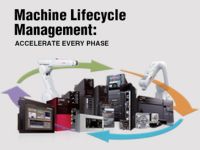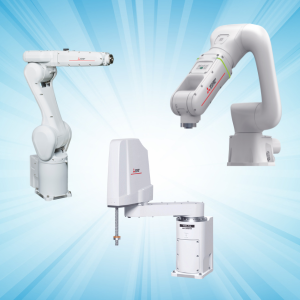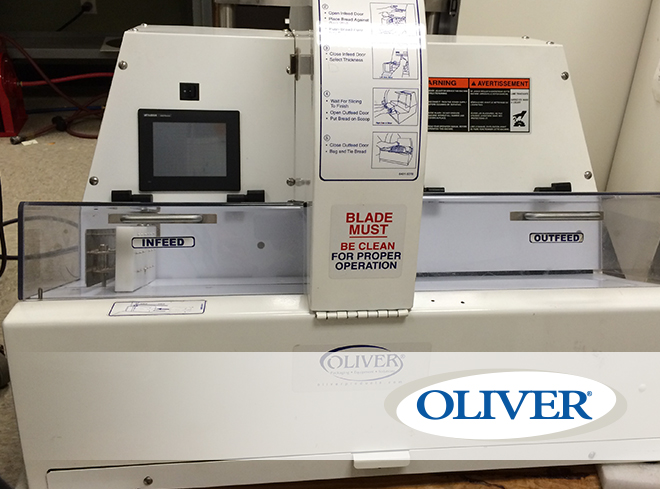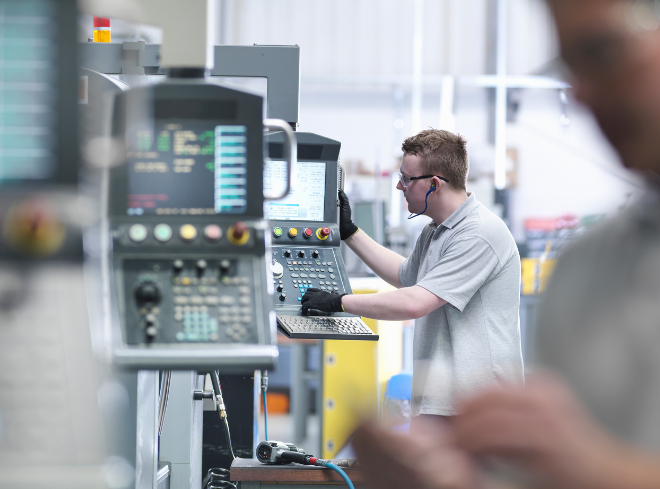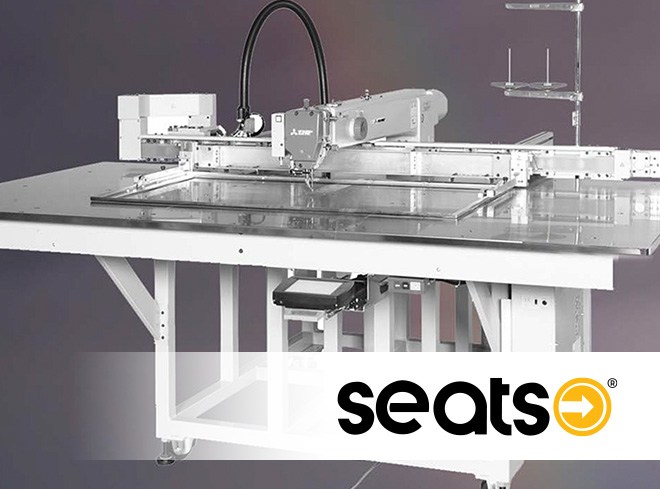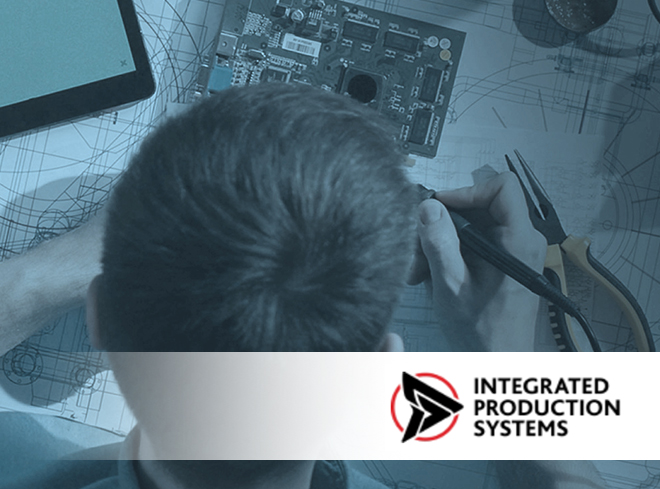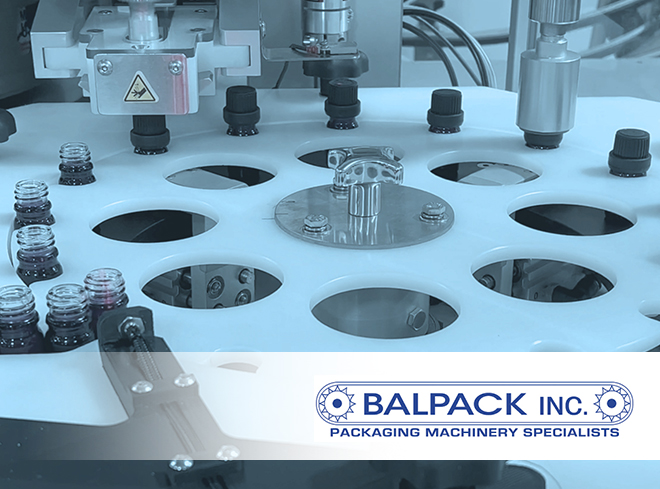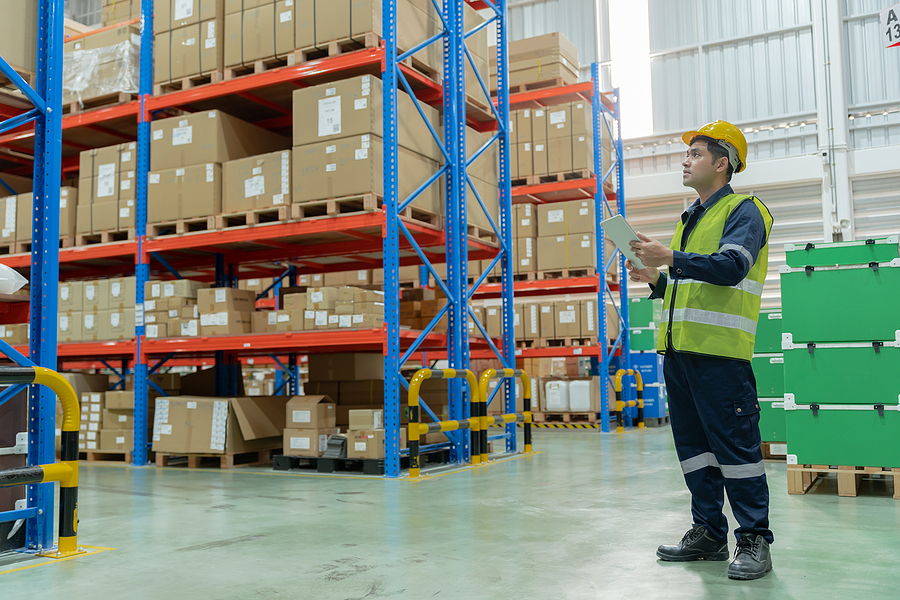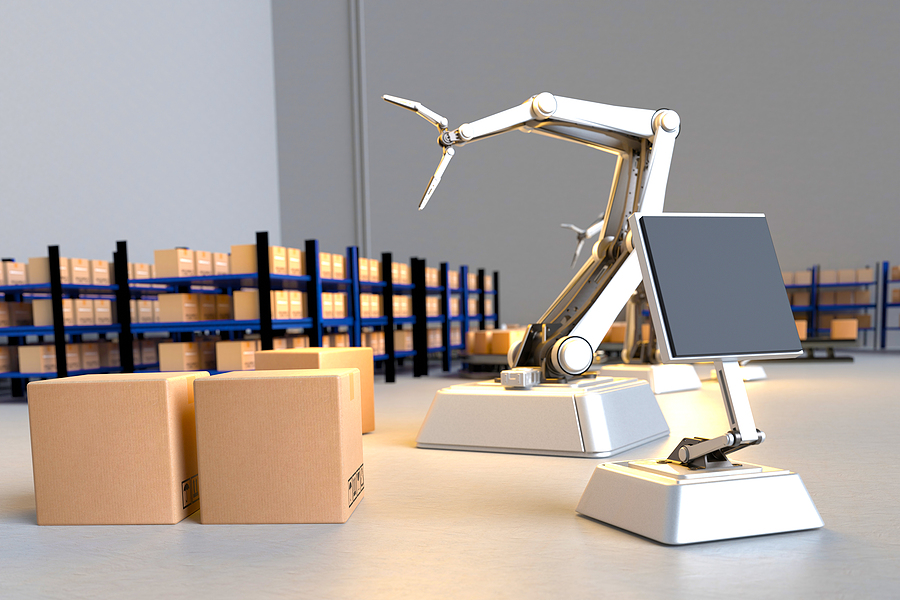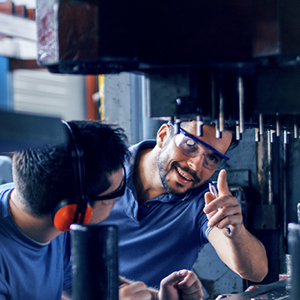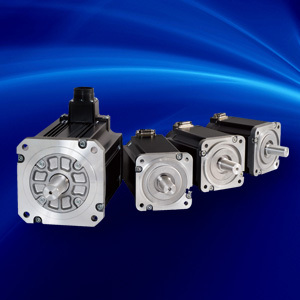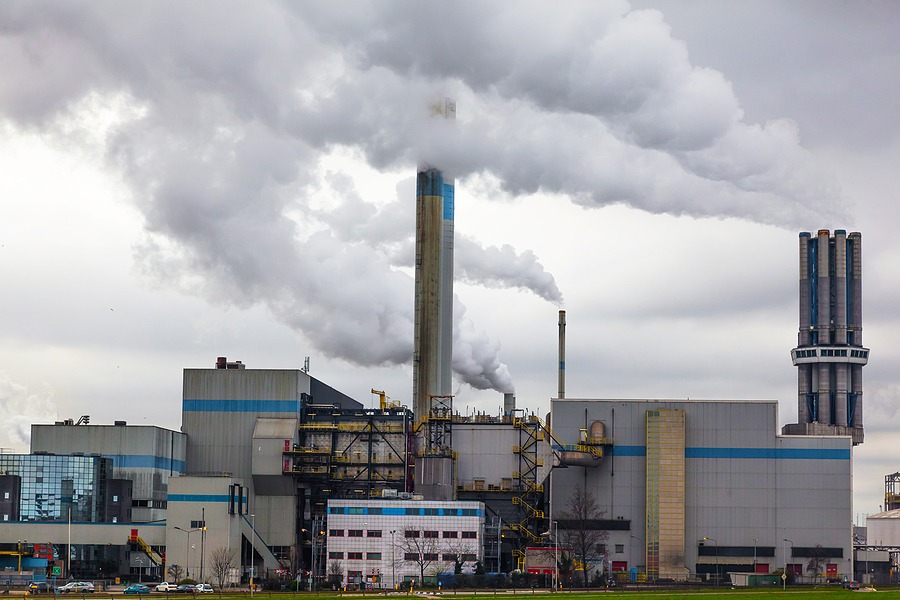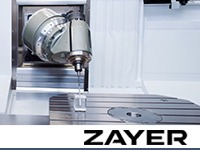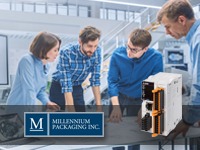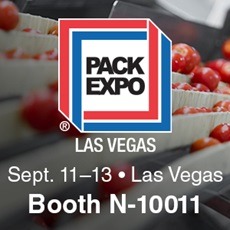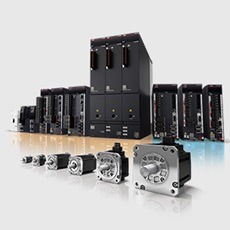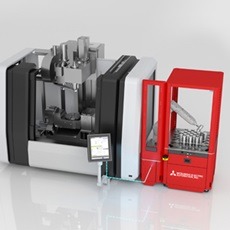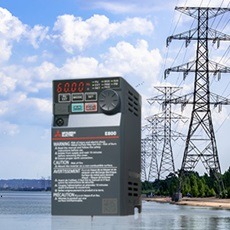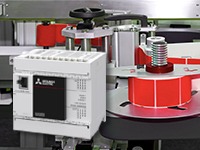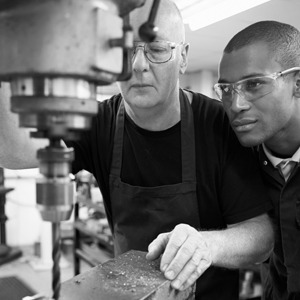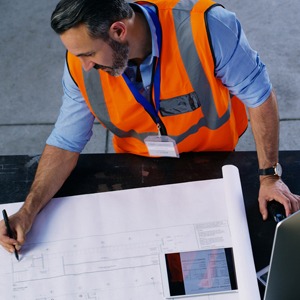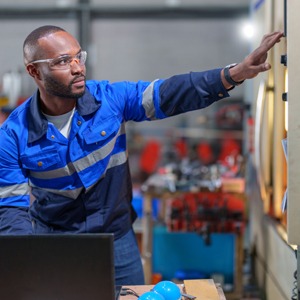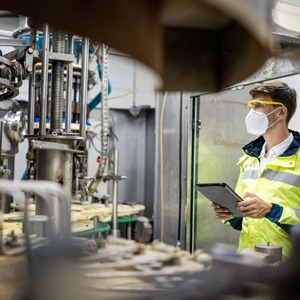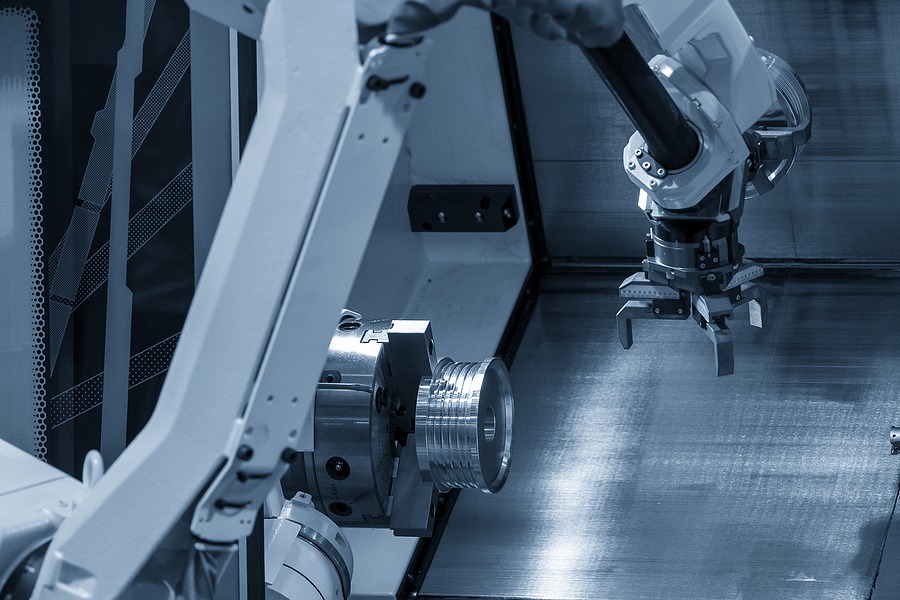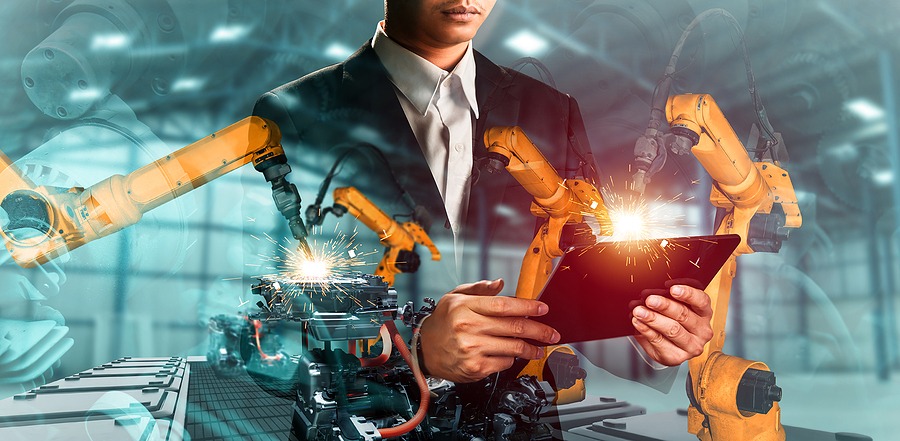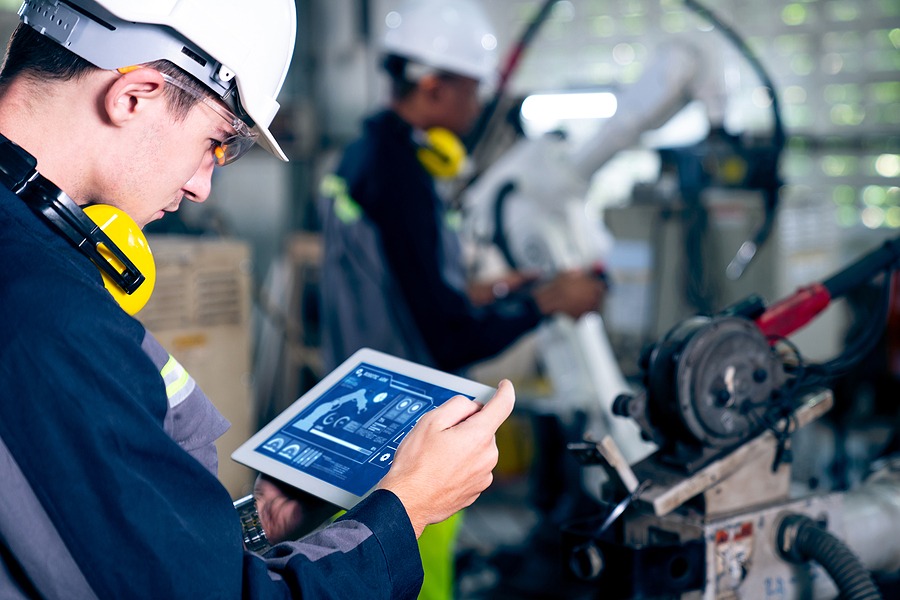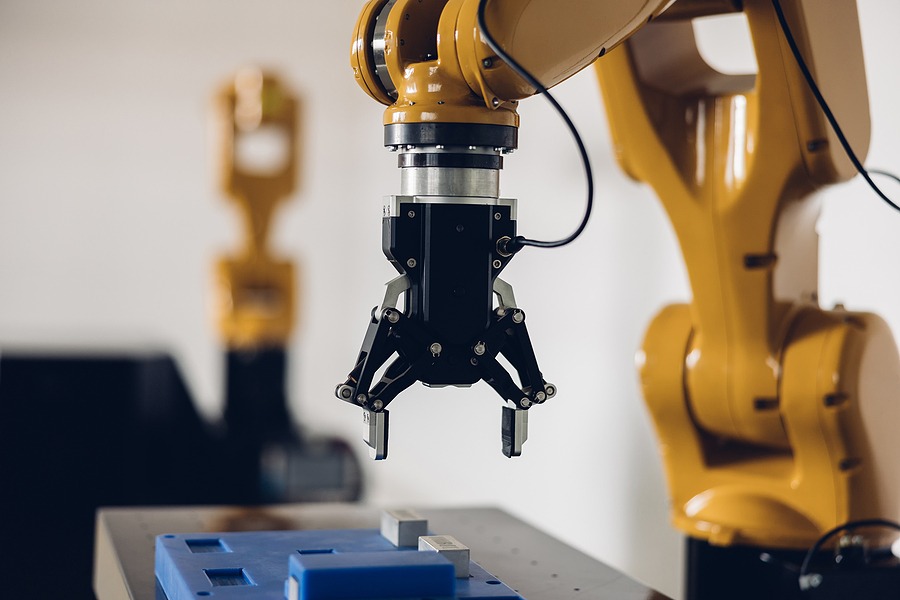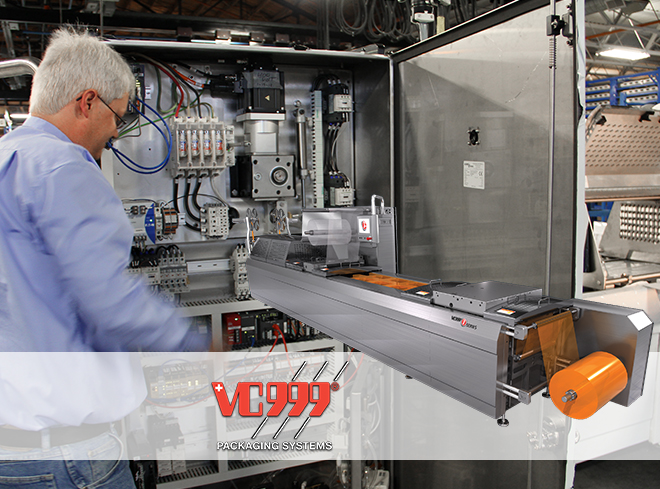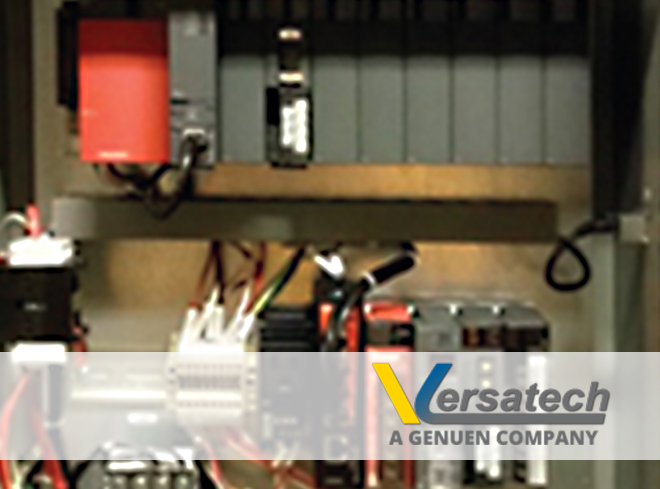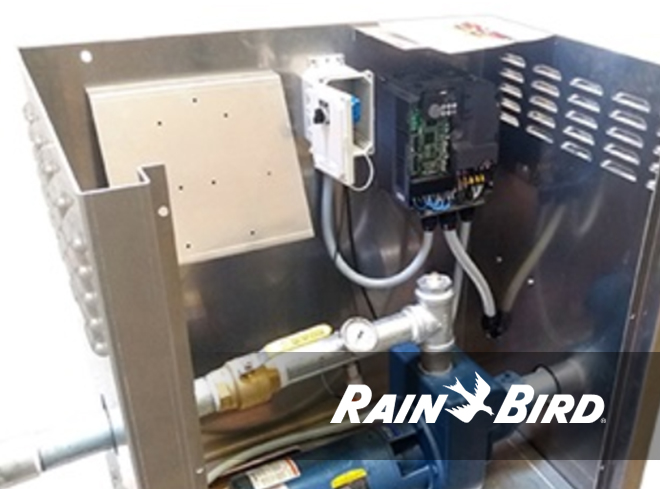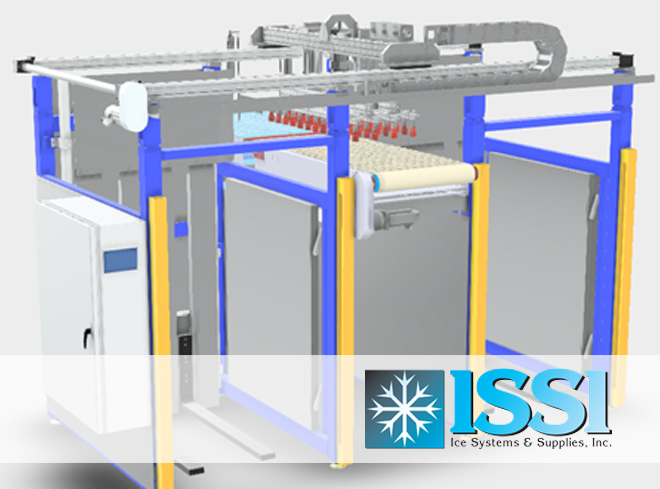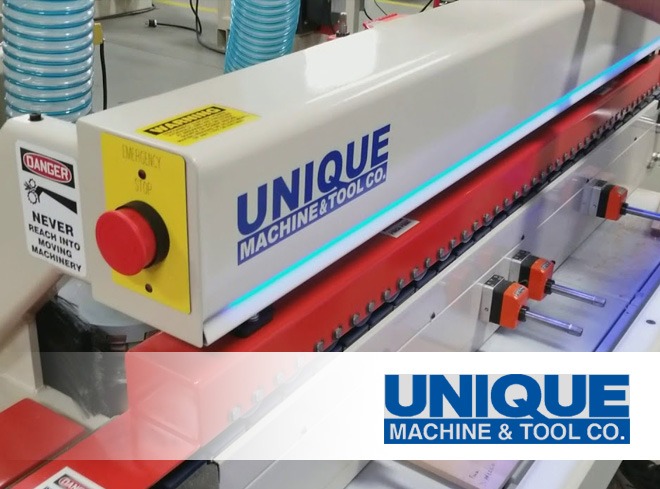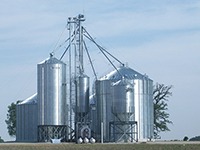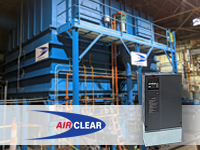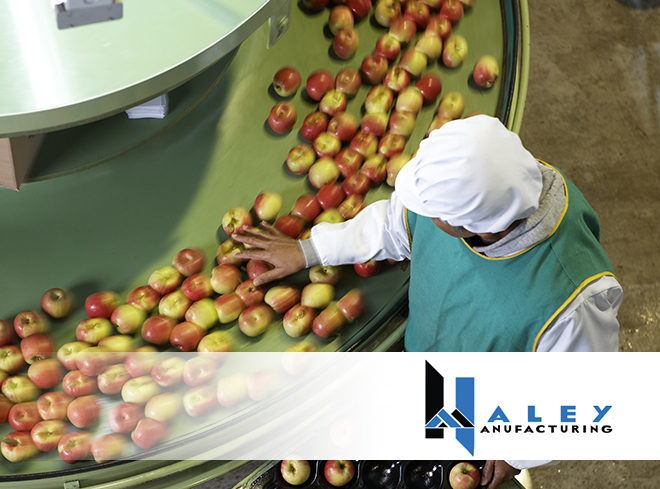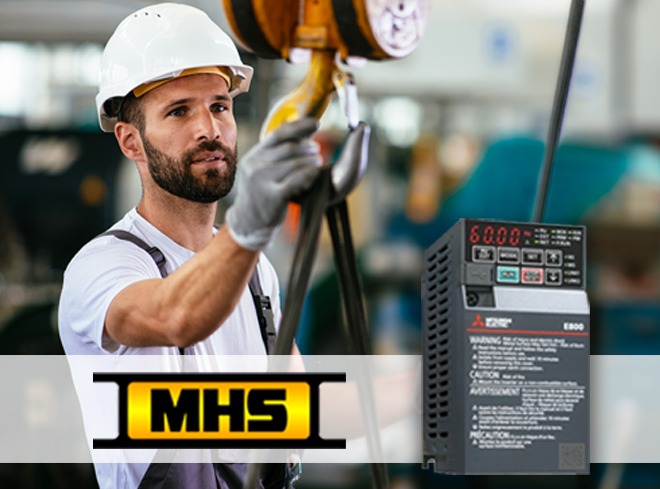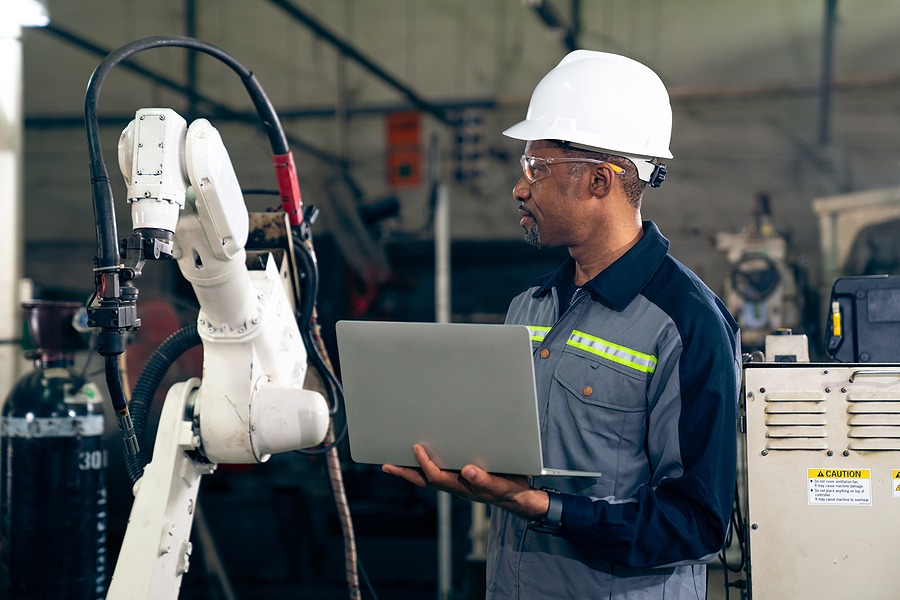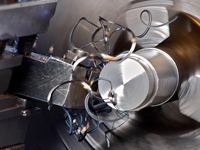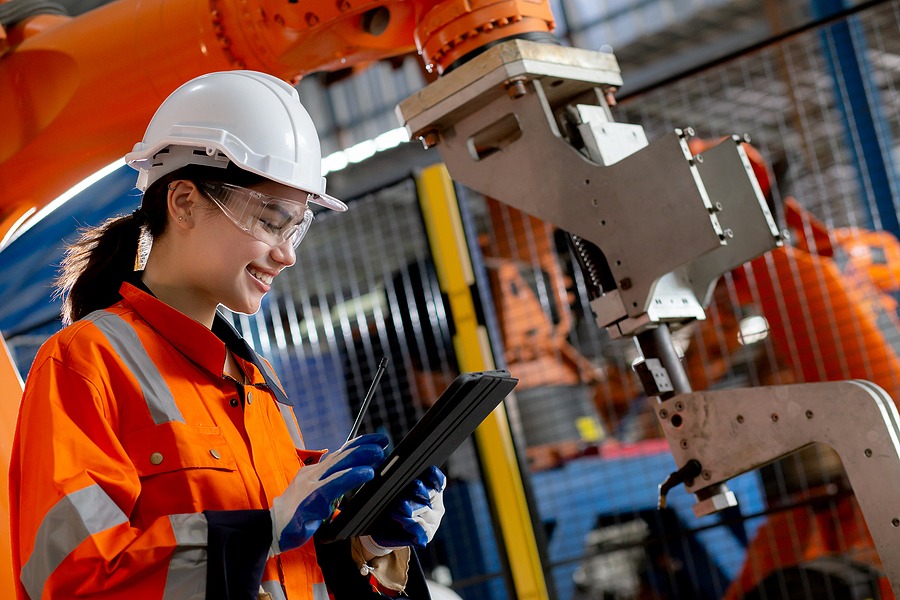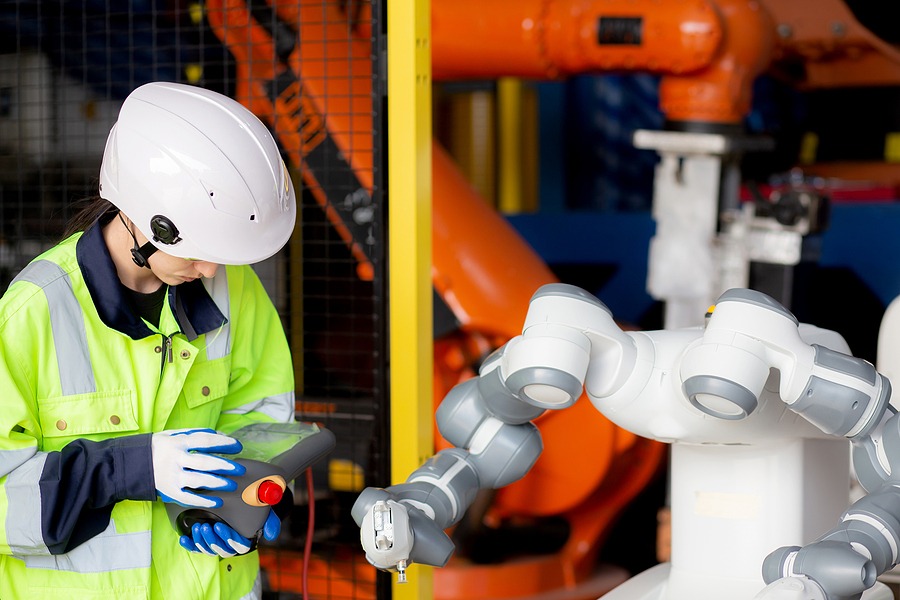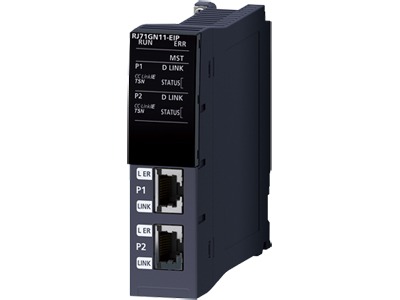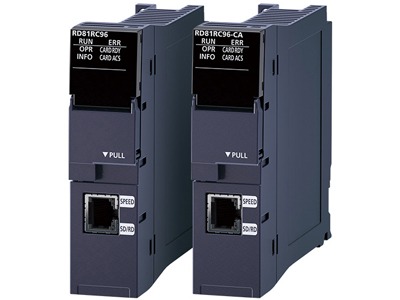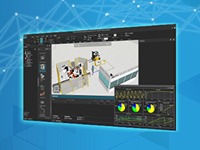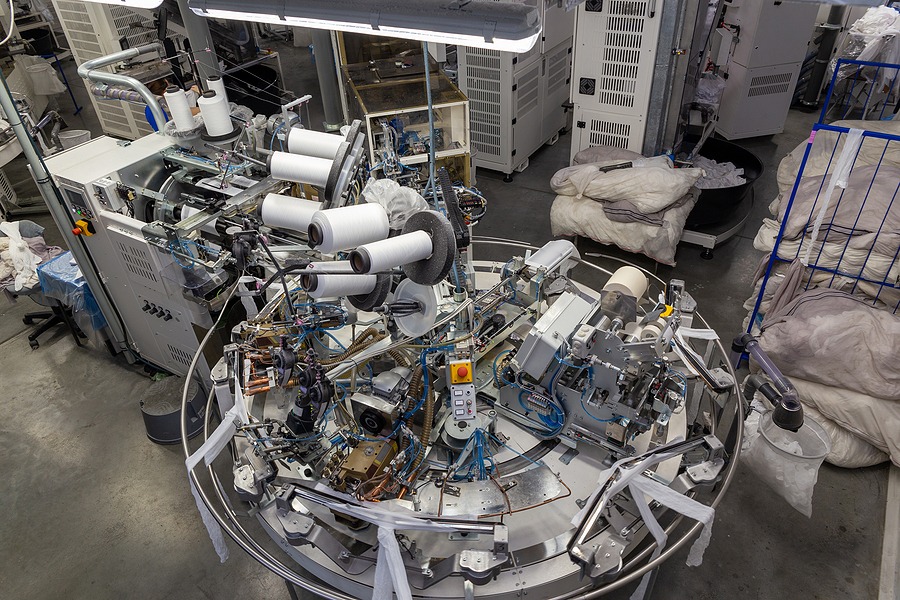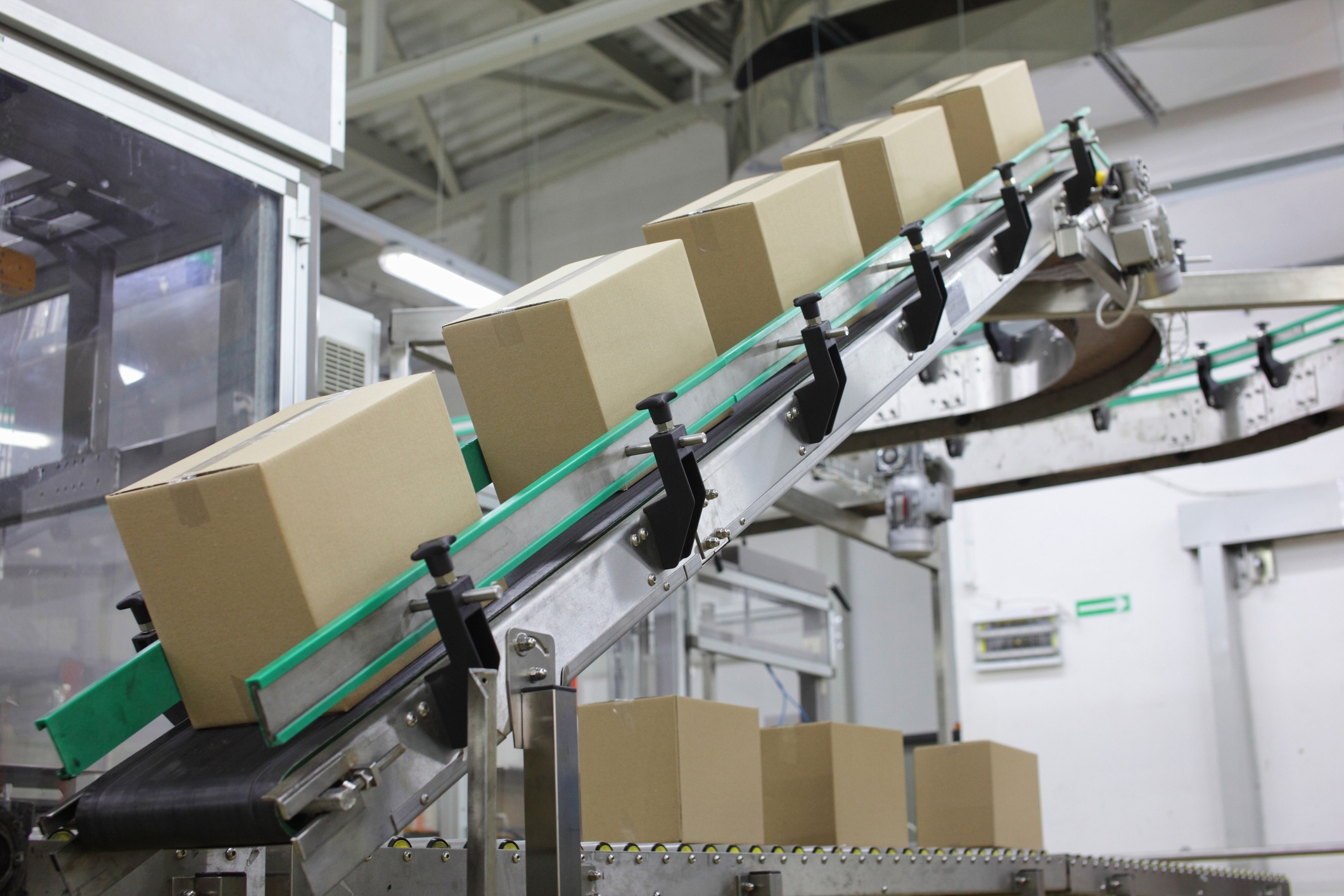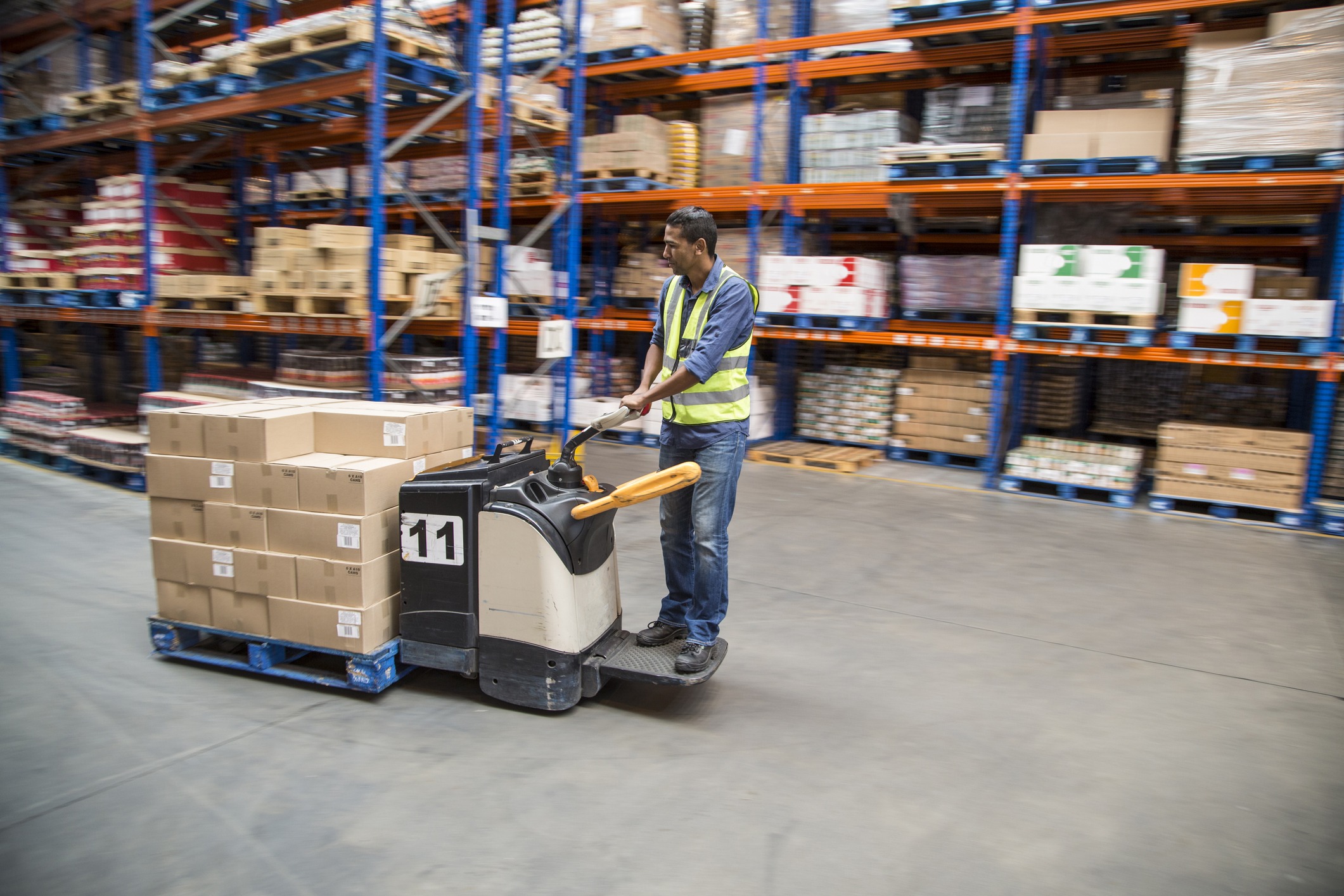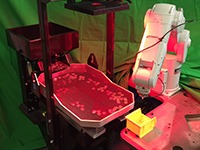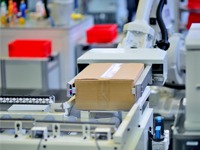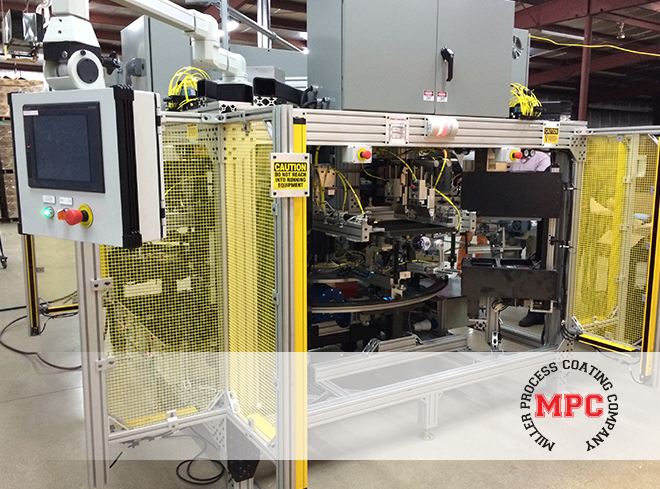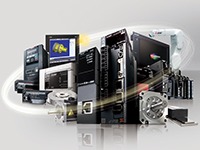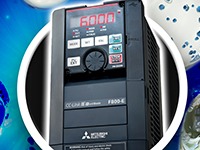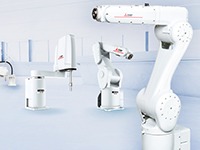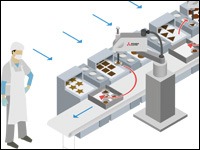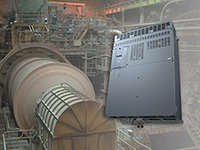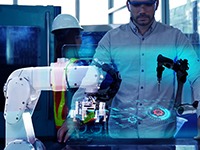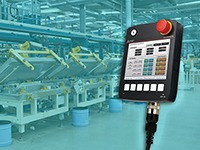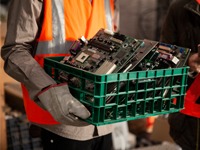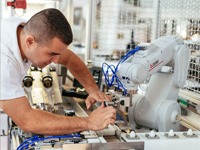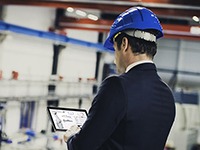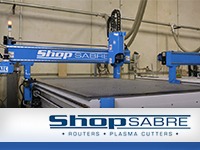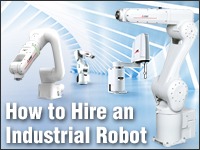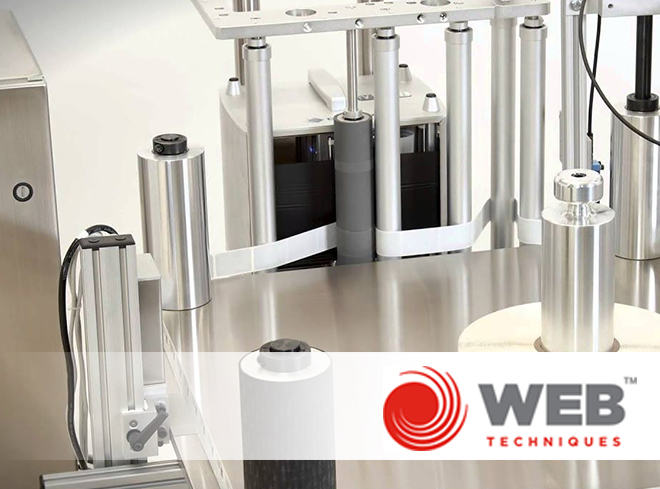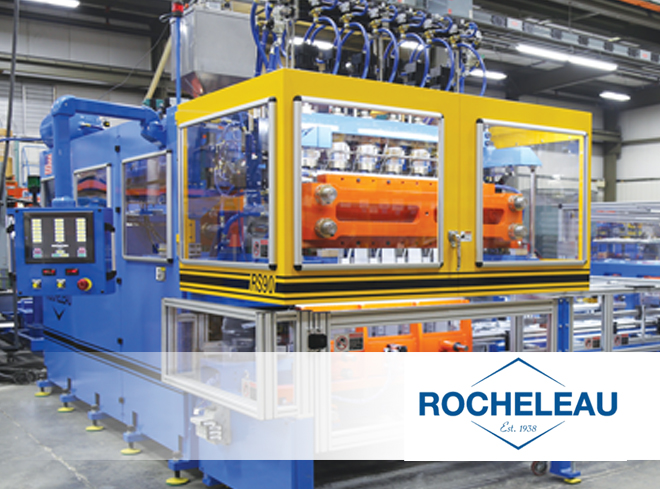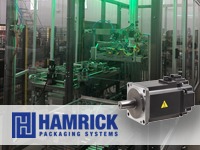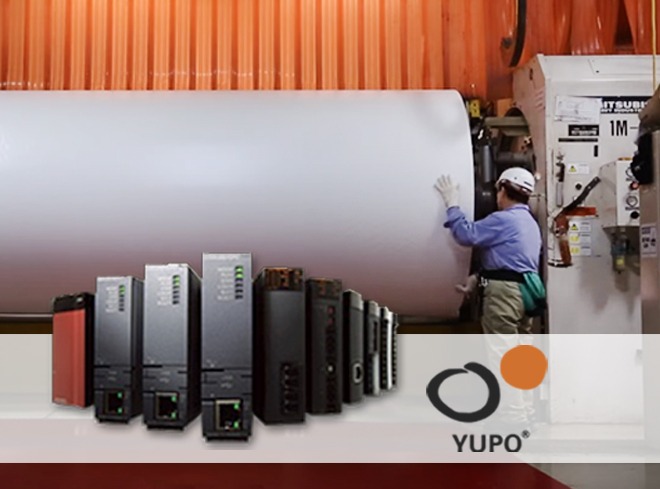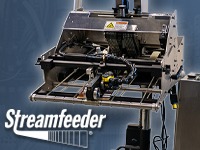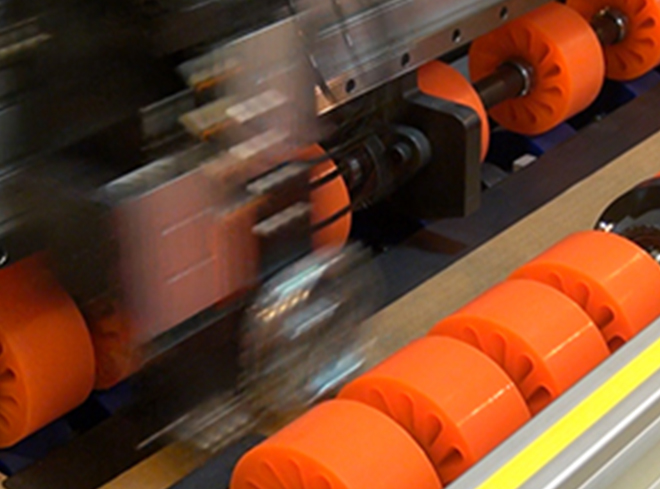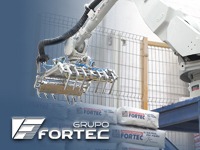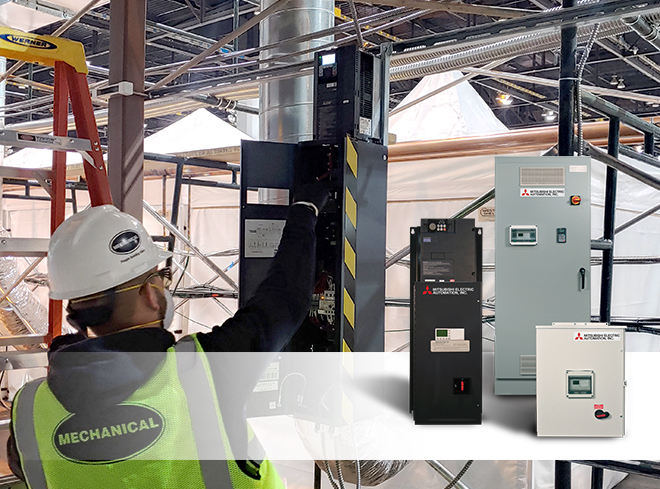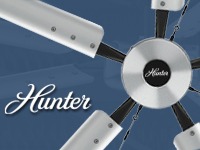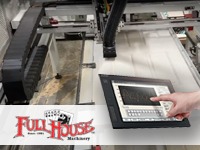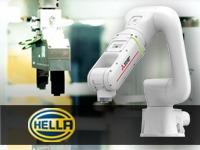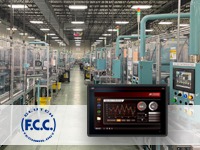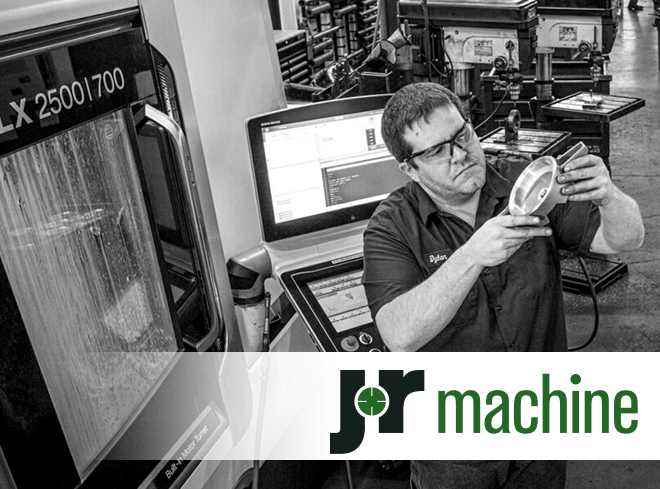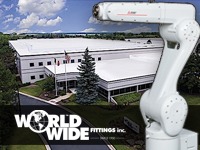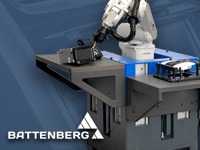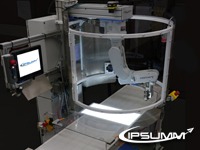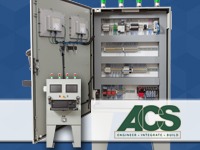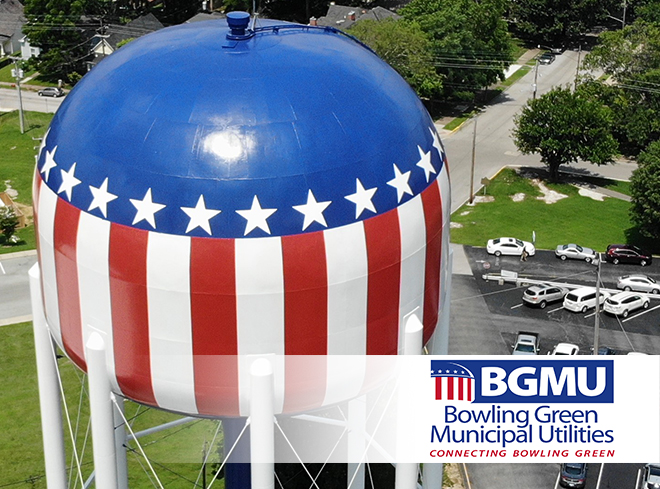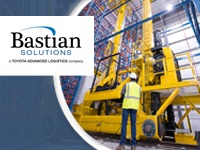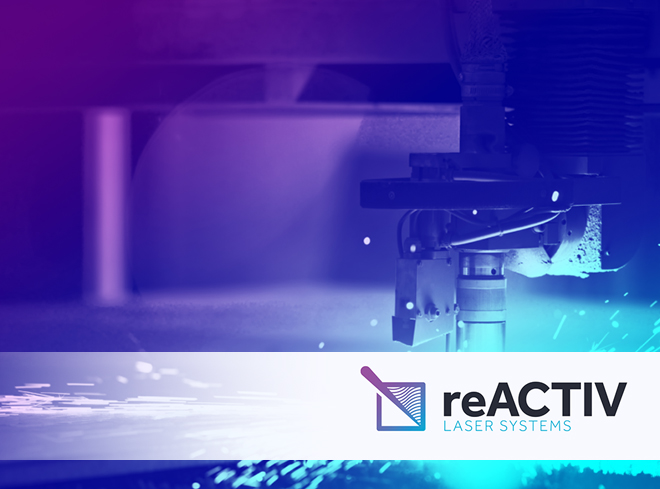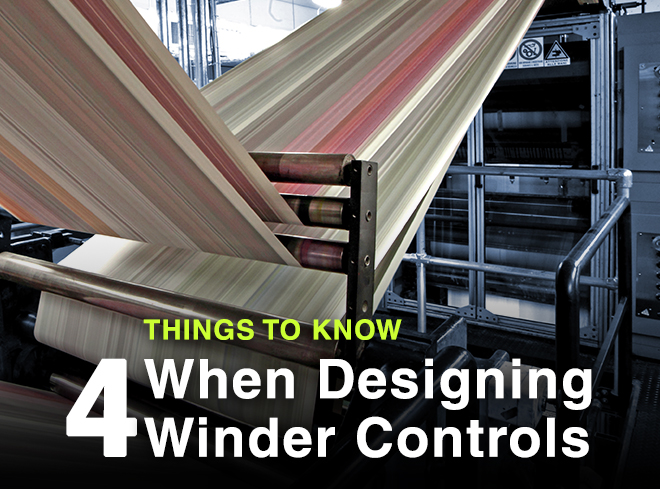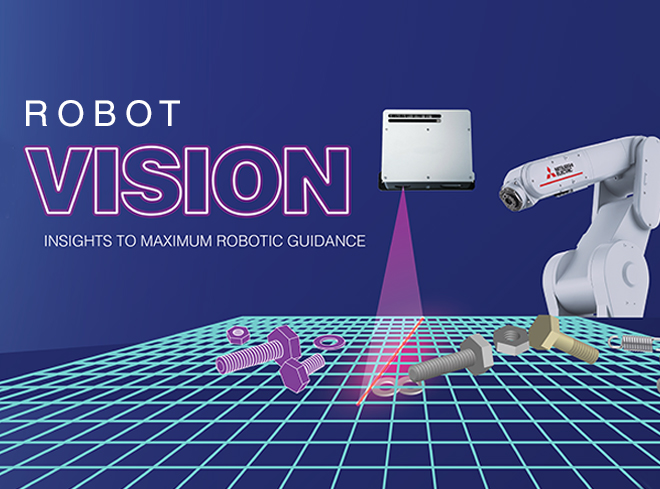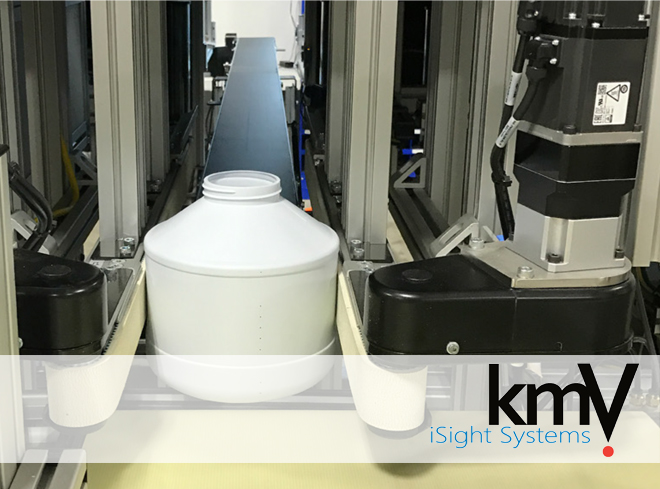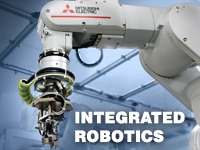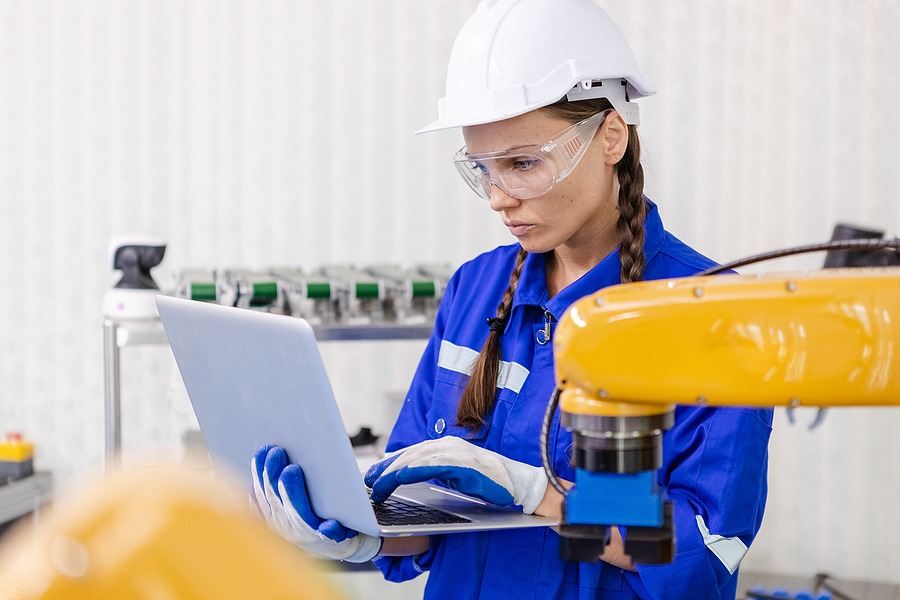
If you’re in the packaging industry, you can solve your labor setbacks and catapult your factory’s efficiency with an automated packaging line.
A news story came out in 2023 in which several companies had been caught hiring children as young as 13 to work in dangerous positions in meat processing plants. Part of it was lax management. In some cases, teens had lied about their age, but the tight labor market also impacted businesses.
To address the lack of employees in food manufacturing and packaging, a handful of states started to make child labor laws less restrictive. Children were allowed to work more hours, even when they were still in school. Instead of relying on kids, technology can address many of the issues you face in finding enough workers.
In some areas of manufacturing and packaging, some shortages are slowing down production and output. Deloitte estimates that 2.1 manufacturing jobs will remain unfilled in the next seven years.
It’s time to come up with a better solution to low staffing and mandatory overtime to make up for it. An automated packaging line is a great way to boost your factory’s efficiency and provide a chance for your best workers to advance to new roles within your company.
The Benefits of Packaging Automation
Packaging automation is going to help improve packaging rates, which in turn improves efficiency and revenues. Automated equipment is more energy efficient than older machines, plus you don’t have to have lights on while a machine is running, so it reduces energy consumption. Here are other key benefits.
- Lower Labor Costs – While you need workers to learn how to run the programs and software, you don’t require multiple people to be positioned along a conveyor to move items from one area to the next. It lowers labor costs for that reason.
- Fewer Accidents – Machines won’t have the same accidents that can impact worker safety. A machine is going to move with precision and isn’t at risk of tripping and falling on a foam mat on the concrete floor, as can happen with a worker.
- Decreases Worker Strain and Workers’ Compensation Claims – When a worker is doing things that can strain muscles or joints, there’s the risk of injury that requires time off. Workers’ comp is covered by insurance that the company purchases, but the more workers’ comp claims that are made, the higher your insurance rates.
- Increased Production Speeds – Machines work faster than humans can and speeds can be adjusted through computer screens if needed.
- Improved Quality Control – Machines are programmed for precision, which lowers the amount of scrap and waste from improperly packaged items.
- Faster Shipping – Automation is moving things along at high speeds and that includes packaging and palletizing. This puts products into consumers’ hands faster. This increases sales rates and brings in more profit.
What Machines and Technology Help Your Business?
What automation is available to help a company with automation in a packaging line? Several pieces of equipment can help.
Bagging:
Automated bagging equipment is good for food packaging applications where exact volumes must be met before bags are heat-sealed to keep contaminants out. An example would be frozen vegetables. After blanching and freezing, the bags must be filled with the correct weight and then sealed to ensure food safety.
With automated bagging, the bulk product is weighed and flap doors open to fill a big, use thermal heat sealing to seal the bag, and move to the next bag with a speed that no human can match.
Bottle-Filling Machines:
Have you ever visited a brewery and watched the machines that fill the bottles or cans before they move on to capping or sealing? That’s a bottle-filling machine at work.
The cans or bottles travel along a conveyor that places the containers under nozzles. Liquids are deposited to the proper volume and proceed down the line. One of the biggest benefits of bottle-filling automation is that it embraces different bottle sizes without having to stop and change settings. While bottles are filled, precise inventory is kept to make it easy to get real-time production rates when needed.
Case Packing:
Case packing equipment takes a box or carton, secures it with packaging tape, glue, etc., and then fills it with the item being produced or manufactured. Any error in filling or taping can cause damage that destroys a box or case of items. If a cutter were to miss and nick a package of food, bacteria and moisture can get in and cause contamination. It’s important that no mistakes are made.
With a case packing machine, folding pneumatics, conveyor sensors, and cutters are all timed perfectly to ensure the process is synchronized and error-free. It’s also done quickly. Any time-sensitive foods like yogurt containers, cheese, etc. that can spoil if allowed to warm up too much won’t spoil.
Form-Fill-Seal Packaging:
When packaging requires careful packing to prevent damage, pillow packaging is a popular option. The item, such as a chocolate bar, awaits the wrapper. That wrapper is formed, the bar inserted, and then the packaging is sealed. Throughout this process, it’s essential that the machine avoids crushing or breaking the chocolate bar.
This type of equipment is especially helpful because it packs and seals items at the same rate, even if the items change in size during the run. If you go from packaging large chocolate bars to miniature ones, the machine makes the change with ease.
Labeling:
For products to go to stores, most companies require perfect placement of labels, including any nutritional data. If a label is torn or missing information that’s required by food industry regulations, the packaged items are often scrapped or sold at drastic discounts.
With labeling machines, labels are placed accurately and quickly to avoid any warping or tearing. The technology can quickly adapt to packages that require hot glue, cold glue, or other labeling methods like plastic wrap. No matter what’s needed, speeds never decline, so packaging rates remain the same.
Palletizing:
Once items are packaged, boxed, and readied for shipping, they need to go onto pallets before going into trucks or trailers. They have to be palletized, shrink-wrapped, and ready for shipping. To do this, pallets must be properly stacked to avoid having any side heavier than the other.
Pallets have to be placed to be filled, too. Most factories keep pallets in racks until needed. All of this can be automated so that workers are not having to lift or carry the pallets on their own and stack the items individually.
Mitsubishi Electric Specializes in Packaging Automation
Talk to the experts at Mitsubishi Electric about packaging automation. We’ll help you decide if it’s time to upgrade your primary packaging systems or if you need additional equipment for secondary systems. From bottle-filling machines to palletizing equipment, we have everything you need to ramp up your factory’s packaging process and greatly increase efficiency and revenues.
Work with Us and Succeed
We love our customers and the challenges they bring to us. We also like to let our customers shine by discussing how we worked together to solve their biggest challenges. If you have a challenge that needs to be solved and would like to be our next BIG success story, reach out to us and let’s connect!

